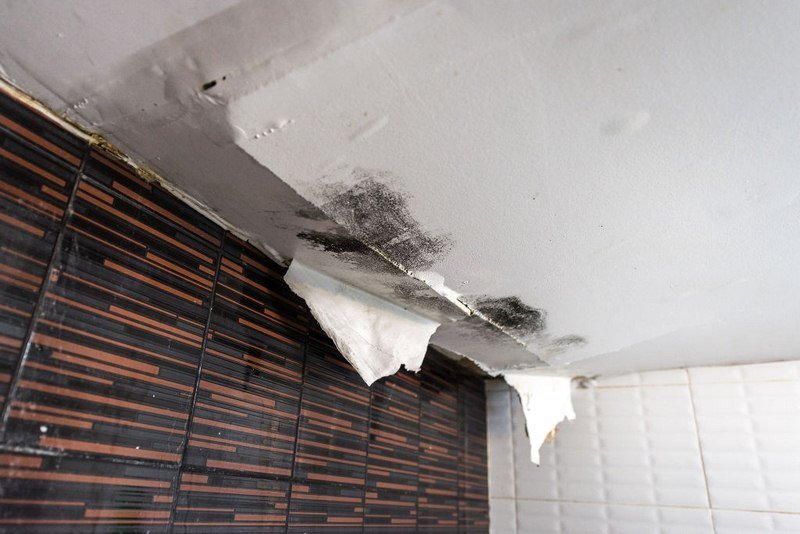Addressing the Six Most Common Water Leaks: Tips for Homeowners
Addressing the Six Most Common Water Leaks: Tips for Homeowners
Blog Article
How do you feel when it comes to How to Find Water Leaks?

Leakages not only trigger waste of water but can also cause unnecessary damages to your residence and also advertise undesirable organic growth. Water leaks might go undetected given that many of the pipework in our house is hidden. By understanding and looking for daily scenarios that trigger leaks, you can safeguard your house from future leaks and also unneeded damage. Today, we will consider 6 leak causes that might be triggering your pipes to drip.
Instantaneous temperature level changes.
Severe temperature changes in our pipelines can cause them to increase and get unexpectedly. This development as well as tightening may create fractures in the pipelines, particularly if the temperature level are below freezing. It would certainly be best if you watched on exactly how your plumbing functions. The presence of the formerly mentioned conditions frequently shows a high risk.
Corroded water systems
As time goes by, your plumbing system ages and rust such as rust might start eating away the pipes. This could be the source of discoloration or warping on your pipes. This requires an examination with your plumber right away. Think about changing the pipelines given that they are at a greater risk of rust than the newer designs if our plumbing system is old.
Malfunctioning Pipeline Joints
The factor at which your pipes link is regularly the weakest link in the waterline. Pipe joints can weaken gradually, resulting in water leakages. The bulk of pipeline joints are not conveniently noticeable. If you have loud pipelines that make ticking or banging sounds, especially when the hot water is switched on, your pipe joints are possibly under a lot of pressure. It is suggested to have your plumber examine your system annually.
Intruding origins
Many water leakages start outside the residence instead than inside it. You may notice damp spots or sinkholes in your yard, and that might mean that tree origins are getting into water lines causing water to permeate out.
Poor Water Connectors
Sometimes, a leak can be brought on by loosened hose pipes and also pipelines that supply your devices. Usually, moving is what causes the loosened water Connections. You could discover in the case of a cleaning device, a hose might spring a leak because of drinking throughout the spin cycle. In case of a water connections leak, you may notice water running straight from the supply line or puddles around your devices.
Obstructed Drains
Blocked drains pipes might be annoying as well as inconveniencing, however they can often wind up creating an overflow bring about burst pipelines. Maintain eliminating any kind of materials that may drop your drains pipes that could obstruct them to prevent such inconveniences.
All the above are root causes of leaks but not all water leaks arise from plumbing leakages; some leaks may come from roof covering leaks. All leaks need to be repaired promptly to avoid water damage.
Leaks not just create waste of water but can likewise create unnecessary damage to your house and advertise undesirable natural growth. By comprehending and also looking for daily circumstances that create leakages, you can protect your home from future leaks as well as unneeded damage. Today, we will look at six leak triggers that may be triggering your pipelines to trickle.
At times, a leakage can be caused by loosened hoses and pipes that supply your home appliances. In situation of a water connections leak, you may discover water running directly from the supply line or puddles around your appliances.
How To Check For Water Leak In Your Home
How To Check for Leaks
The average household's leaks can account for nearly 10,000 gallons of water wasted every year and ten percent of homes have leaks that waste 90 gallons or more per day. Common types of leaks found in the home are worn toilet flappers, dripping faucets, and other leaking valves. These types of leaks are often easy to fix, requiring only a few tools and hardware that can pay for themselves in water savings. Fixing easily corrected household water leaks can save homeowners about 10 percent on their water bills.
To check for leaks in your home, you first need to determine whether you're wasting water and then identify the source of the leak. Here are some tips for finding leaks:
Take a look at your water usage during a colder month, such as January or February. If a family of four exceeds 12,000 gallons per month, there are serious leaks.
Check your water meter before and after a two-hour period when no water is being used. If the meter changes at all, you probably have a leak.
Identify toilet leaks by placing a drop of food coloring in the toilet tank. If any color shows up in the bowl after 10 minutes, you have a leak. (Be sure to flush immediately after the experiment to avoid staining the tank.)
Examine faucet gaskets and pipe fittings for any water on the outside of the pipe to check for surface leaks.
Undetected water leaks can happen without the home or business owner even realizing. If you suspect a water leak, but not able to find the source. It is time to contact a professional water leak detection service, The Leak Doctor.
How To Find a Water Leak In Your Home
https://www.leakdoctor.com/blog/How-To-Check-For-Water-Leak-In-Your-Home_AE197.html

I'm just very serious about How to detect water leaks in your home and I am assuming you enjoyed reading my blog posting. Sharing is caring. One never knows, you may be helping someone out. I value reading our article about Common Water Leaks In House.
Phone Report this page